Let’s see how we can fix the knots at the back of your knitted pattern, especially when adding another yarn.
While knitting, I made a knot to continue my pattern, but now it’s time to address it. Here’s how you can remove the knot and hide it seamlessly:
- Gently remove the knot and use a needle to weave the loose ends into the surrounding stitches.
- Follow the direction of the stitches as you work. You can weave both strands at once, but I prefer doing them one at a time for a cleaner and neater finish.
- Once you’ve worked in the first strand, repeat the process with the second strand, carefully passing it through the stitches.
- After both strands are secured and hidden, trim the excess yarn.
The result is a smooth, tidy back without any visible knots, leaving your pattern looking professional and polished.
Thank you for watching!
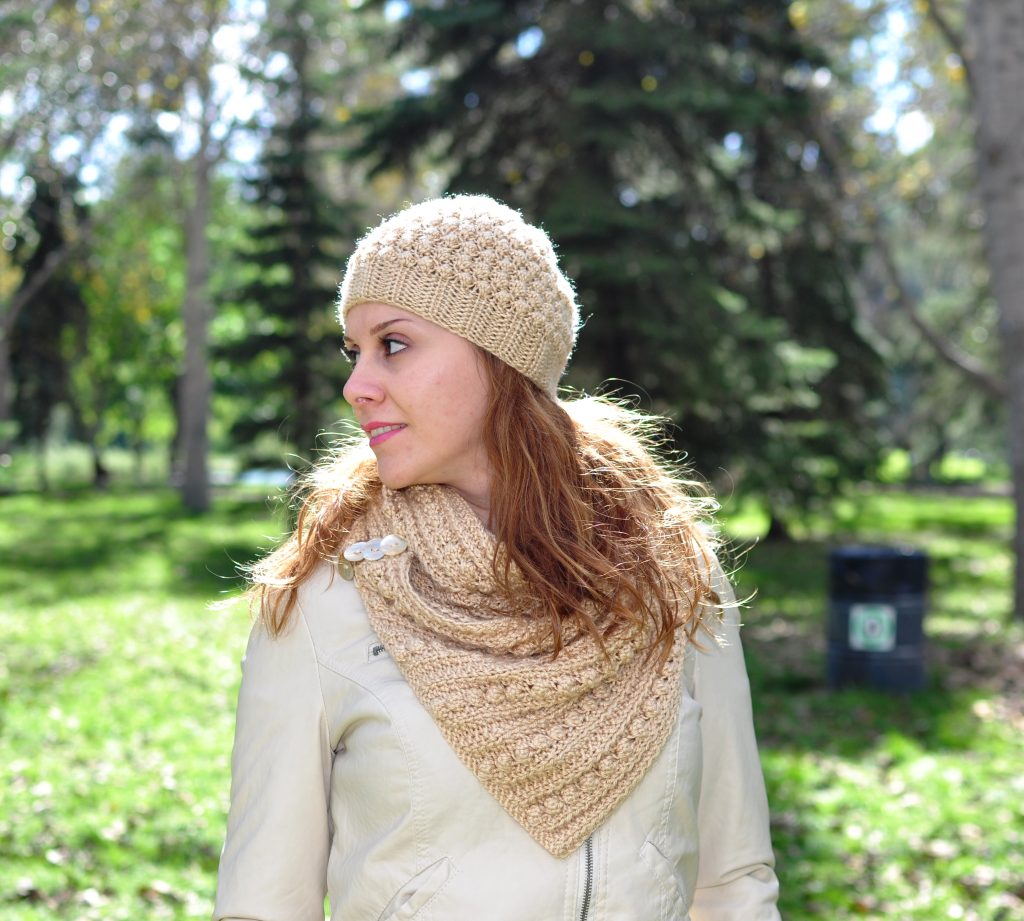
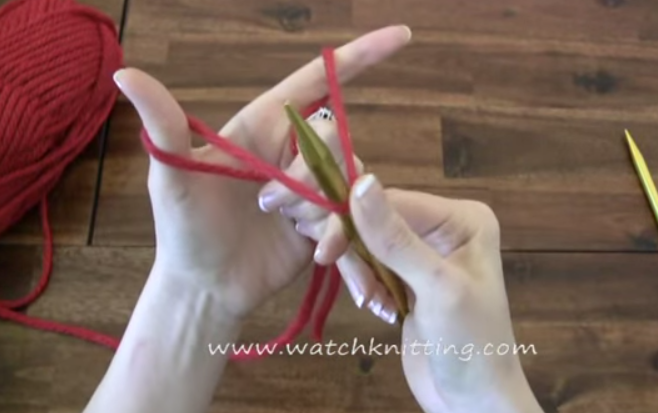
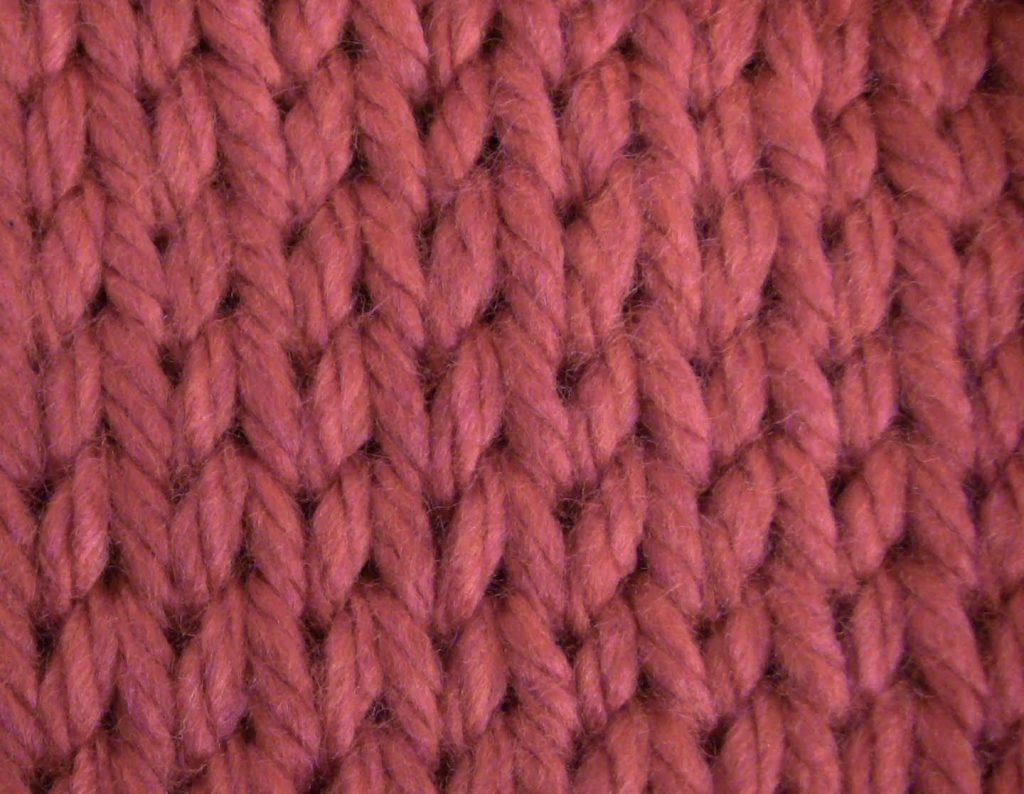
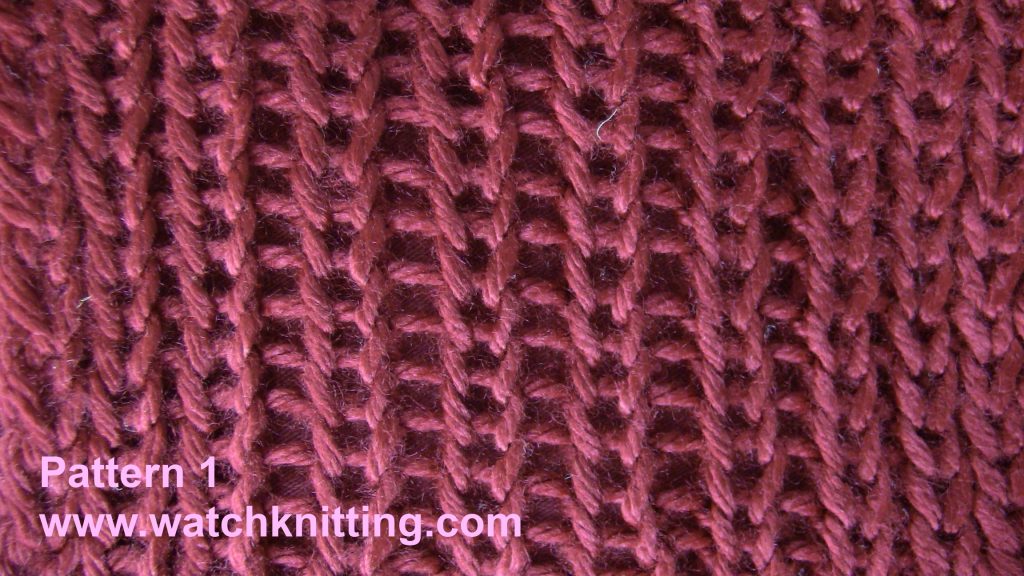
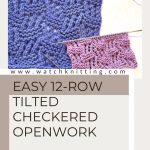
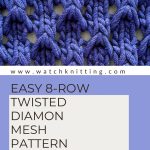

Leave a Reply